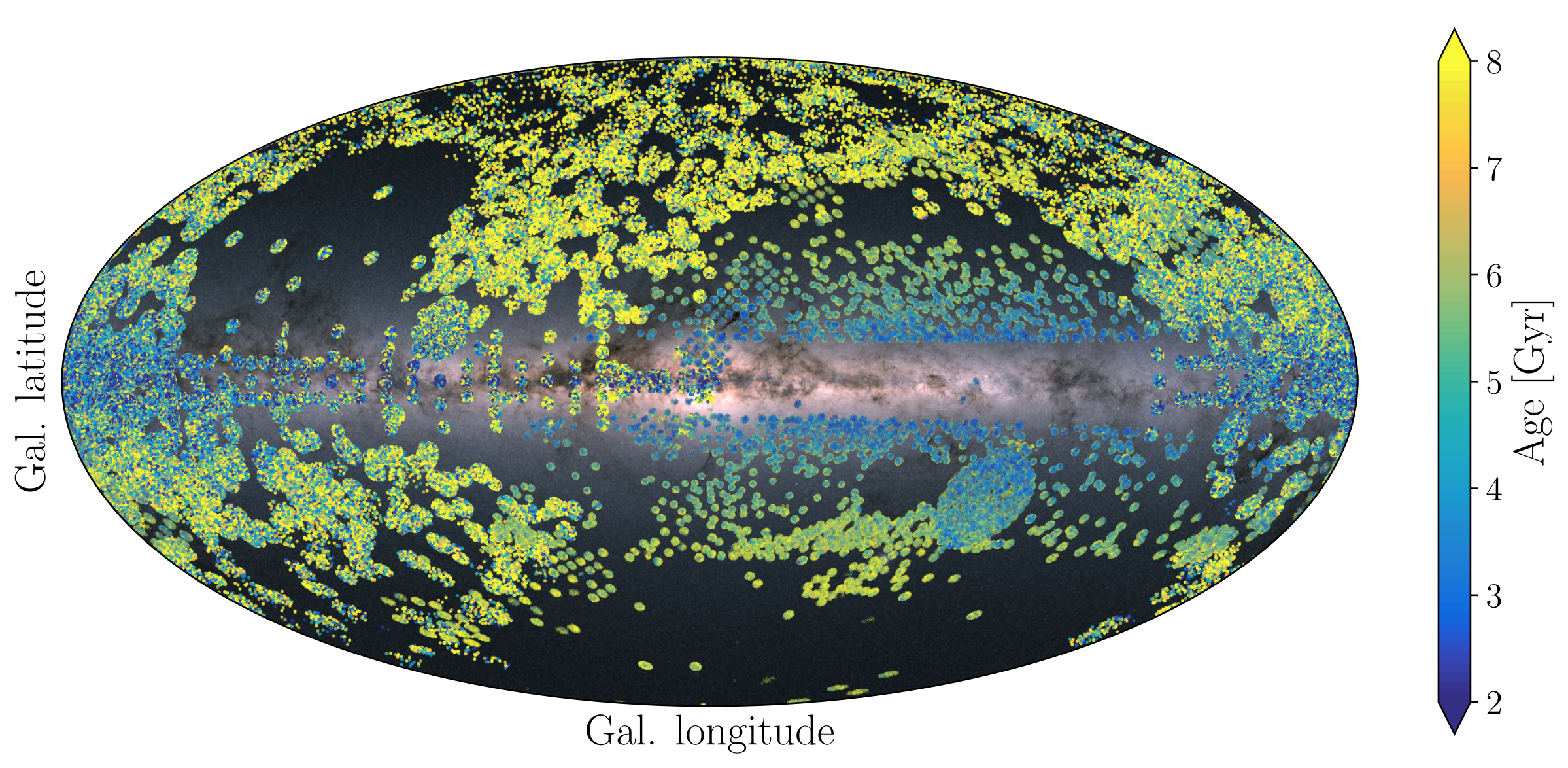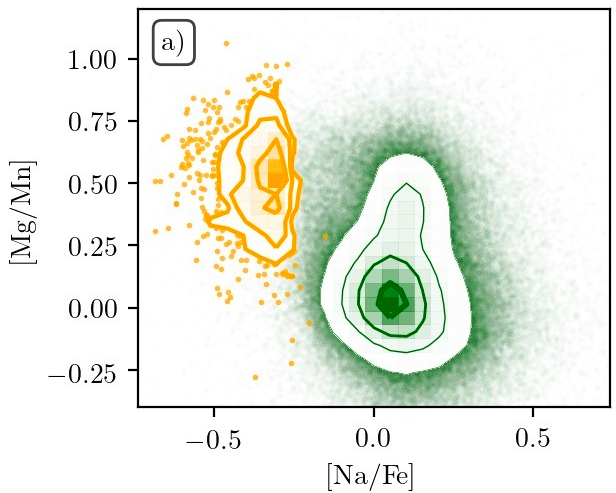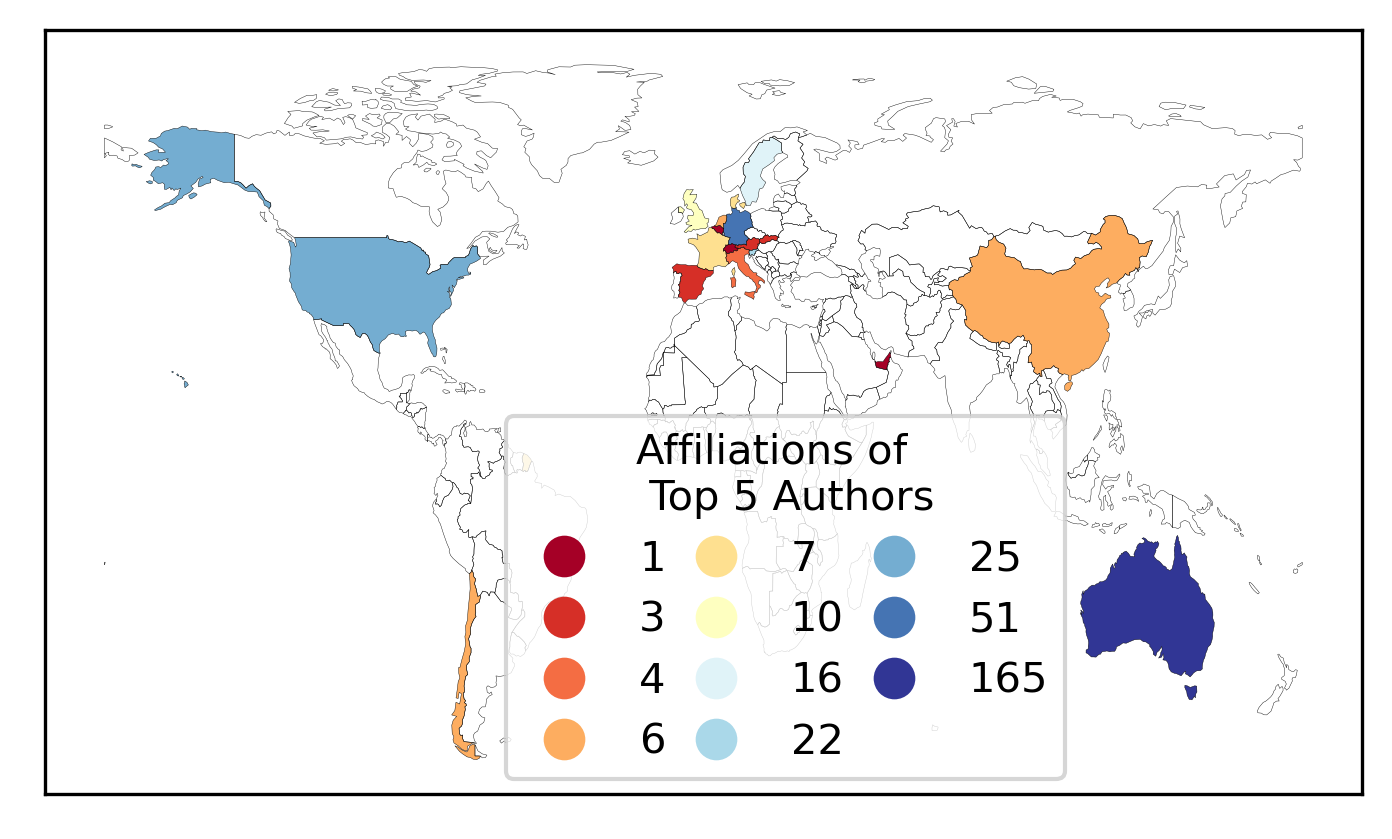Galactic Archaeology
Galactic archaeology addresses three key questions of astrophysics, identified in the current decadal plan of Australian astronomy (2016-2025), through observations of stars as galactic “fossils” in our Milky Way: When, where, and how are stars born? How do galaxies form and evolve? What is the origin of the elements?
 Figure: Chemodynamics & chemical cartography of the Milky Way
Figure: Chemodynamics & chemical cartography of the Milky Way








 A summary of my PhD: the blackboard that I used for my PhD defence.
A summary of my PhD: the blackboard that I used for my PhD defence.